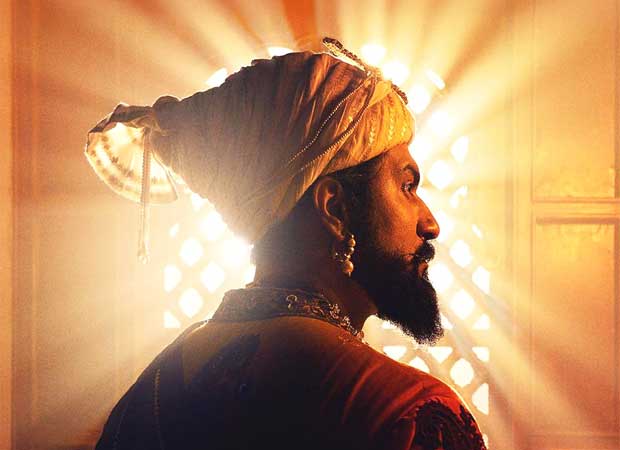Here are the highlights of the ruling:
* In his verdict, Narwekar held that the Shiv Sena constitution of 1999 given by the Eknath Shinde faction as the party constitution was the valid one, adding that he cannot accept the 2018 constitution submitted by Uddhav faction.
* The speaker said that the Shiv Sena constitution is relevant to the extent of identifying leadership structure.
* Shiv Sena ‘pramukh’ [Uddhav] does not have power to remove any leader from the party, the speaker said, adding that there’s no such post as “Paksha Pramukh” in the Shiv Sena constitution.
* Maharashtra speaker: The leadership structure of Shiv Sena reflected in the letter dated February 27, 2018 available on the website of the Election Commission is the relevant leadership structure which has to be taken into account for the purpose of determining which faction is the real political party.
* The speaker held that the two factions in Shiv Sena emerged on June 21, 2022 and this was brought on record of the legislature on June 22, 2022.
How the Sena vs Sena crisis unfolded
In June 2022, Eknath Shinde and 39 other Shiv Sena MLAs, out of a total of 56 legislators, rebelled against then-chief minister Uddhav thackeray, causing a vertical split in the 57-year-old party.
The rebellion led to the downfall of the MVA government, which also included the NCP and the Congress. Shinde, who had joined hands with BJP, assumed power in the state.
Following the split in Shiv Sena, both the Shinde and Thackeray factions filed cross-petitions before the Maharashtra speaker’s office, seeking the disqualification of each other’s MLAs based on anti-defection laws.
The Supreme Court directed the speaker in May last year to promptly address these petitions.
The apex court had originally set a deadline of December 31, 2023 for the speaker to deliver the verdict. However, this date was later extended to January 10, 2024.
Meanwhile, last year, the Election Commission gave the ‘Shiv Sena’ name and ‘bow and arrow’ symbol to the Shinde-led faction in a big boost to the CM-led group.
The Sena headed by Thackeray, called Shiv Sena (UBT), was given a flaming torch as its symbol.
In July last year, the Ajit Pawar faction of the NCP also joined the Shinde-led government, causing a Sena-like split in the Sharad Pawar-led party.
Timeline of events
Jan 23, 2018: Uddhav Thackeray becomes Shiv Sena president.
Oct 2019: Sena and BJP contest elections together.
Nov 2019: Sena forms Maha Vikas Aghadi govt with Congress and NCP.
June 2022:
– Sena splits into two factions after a rebellion by Eknath Shinde.
– Conflicting resolutions and appointments cause chaos.
– Disagreements lead to petitions for disqualifications.
July 2022:
– Shinde files for Sena symbol allocation.
– Legal battles over disqualifications escalate in Supreme Court.
June 27, 2022: SC extends reply time for disqualification notices.
June 28, 2022: Fadnavis questions Thackeray’s majority.
June 30, 2022: Uddhav resigns; Shinde claims CM position.
July 4, 2022: House shows confidence in Shinde’s leadership.
July to October 2022:
– Multiple disqualification petitions filed.
– Speaker issues notices for disqualification cases.
Oct 31, 2022: SC instructs Speaker to decide on cross-petitions by Dec 31, 2023.
Dec 15, 2022: SC extends Speaker’s deadline to Jan 10, 2024.






